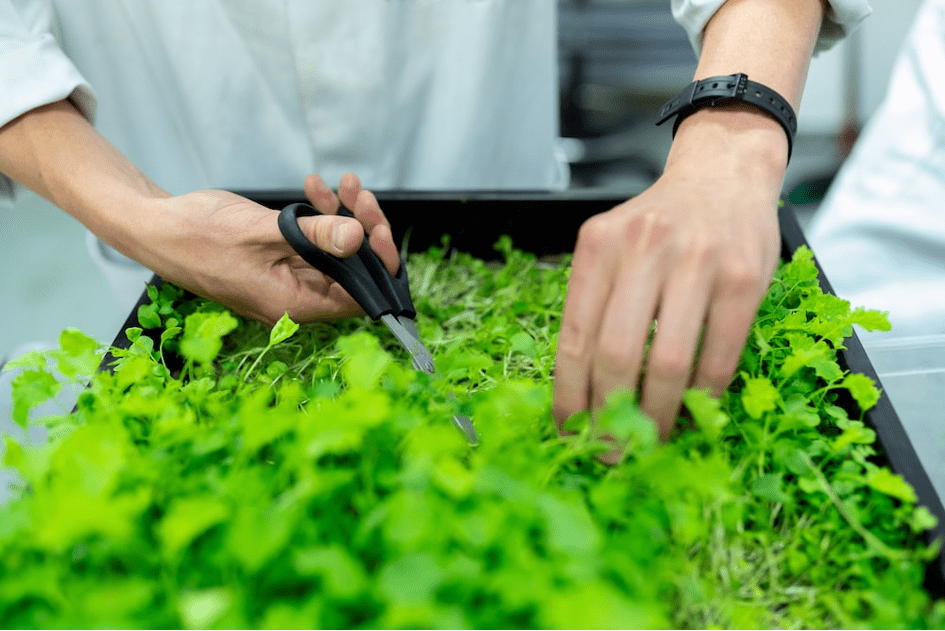In a recent publication, the FAO highlighted the impact of disasters on the agricultural world and the need to organize a more sustainable and resilient global ecosystem. Experts predict a multiplication and intensification of extreme climatic events, with consequences for resources and food production. The Centre for Research on the Epidemiology of Disasters (CRED) notes that the number of events has quadrupled in twenty years. The FAO collects data on agricultural disasters to fuel research and stimulate investment in risk reduction solutions.
While disasters are termed “natural,” they originate from both the configuration of locations and human activities. Frameworks allow determining risk indices based on territories, populations, and climate. Hazards are a key element in risk assessment, covering geophysical, biological, societal, environmental, or hydrometeorological factors.
The FAO has published a report evaluating the impacts of these disasters on four sectors: crops, livestock, forestry, and fisheries. It is possible to limit their effects by reducing exploitation risks. The FAO recommends a cost-benefit approach to encourage sector stakeholders to invest in preventive actions and measures.
The main threats are related to imbalances in the natural ecosystem (meteorological, geophysical, biological) or geopolitical contexts (conflicts). They cause more damage when sudden and widespread, combined with aggravating factors such as poverty, inequality, overpopulation, epidemics, land overexploitation, and conflicts.
Impact Assessment
Global warming is both a consequence and a cause of the main disruptions faced by the agricultural world. Alongside this warming that makes agricultural exploitation challenging, extreme events further discourage rural populations and lead to migration and local food insecurity.
During these disasters, women struggle to find resources (information, means) to recover.
The current assessment of damages caused by disasters is conducted from an economic perspective and limits the development of climate-related risk reduction strategies.
In most cases, databases are international, including EM-DAT, DesInventar, the World Bank, the International Federation of Red Cross and Red Crescent Societies, and international reinsurance groups.
These collected data result from two evaluations: the first assesses post-catastrophe needs, and the second measures Indicator C2 determined by the Sendai Framework for Disaster Risk Reduction 2015-2030. 82 countries (out of 195) communicate information related to agricultural losses defined by Indicator C2, while about forty other countries provide sub-sectoral data.
Regardless of the type of disaster, the impacts concern almost a quarter of agricultural losses; this ratio varies depending on the nature of the disaster:
- Droughts: 65% of damages concern agricultural losses.
- Floods, storms, cyclones, volcanic activities: each contributes to 20% of agricultural damages.
Crops and Livestock
Based on partially collected data within Indicator C2, floods, fires, droughts, and other disasters cause agricultural losses amounting to $13 billion per year:
- Cereals: about 70 million tonnes.
- Fruits and vegetables: 40 million tonnes.
- Sugar plants: 40 million tonnes.
- Meat, dairy products, and eggs: 16 million tonnes.

The authors of the report note that industrialized countries record the highest economic losses in absolute value, but emerging countries are the most affected in proportion to agricultural value added.
The measurement of losses also takes into account nutrient and energy deprivation. It is estimated that around 400 to 500 million individuals are deprived of 150 daily kcal, with deficiencies in iron, phosphorus, or magnesium.
Forestry and Fisheries
The forestry sub-sector is considered in the study, specifically impacted by climate change but also constituting a crucial lever in preserving ecosystems and mitigating climate change. Human activity strongly influences this sub-sector: land allocation and management, introduction of new species.
The fishing sub-sector is not spared, as storms, tsunamis, global warming, ocean acidification, and freshwater salinization contribute to the fragility of deep-sea fishing or aquaculture activities.
Losses are induced by reduced productivity and the emergence of diseases related to warming combined with poorer livestock health.
Nevertheless, fishing remains a very resilient sub-sector compared to crop farming; after a disaster, populations can immediately resume fishing activities and ensure their food security. In some cases, the catastrophe has longer-term impacts; in January 2022, the Kingdom of Tonga (Polynesian state) experienced an underwater volcanic eruption damaging fishing equipment, preventing coastal populations from immediately resuming their activities.
For all sectors, risk factors are identified and interconnected:
- Climate change.
- Pandemics and epidemics.
- Territorial conflicts.
Risk Reduction Approaches
The resilience of agri-food systems involves two actions: acquiring good prevention practices and organizing resilient livelihoods in case of a disaster.
Recommendations are subject to cost-benefit analysis to assess their relevance and acceptance by agricultural sector stakeholders.
On Farms
In small family farms, the fate of crops is linked to natural elements: rain-fed irrigation, lack of soil inputs, making these farms the most vulnerable during extreme events. These farms should
be the focus of priority public policies and actions to guarantee the food supply of local populations.
Governments have encouraged farmers to adopt more resilient practices:
- In Uganda, high-yielding banana cultivation is favored, along with mulching, trenches, and composting. The cost-benefit ratio is evaluated at 2.15 compared to 1.16 for local conventional practices.
- In Bolivia, semi-covered shelters and veterinary services have been installed on the high plateaus to reduce llama mortality under extreme climate conditions. In this case, the net gain was improved by 17%.
- In the Philippines, rice farmers have planted Green Super Rice (GSR), a tolerant variety with observed productivity gains in both the dry and wet seasons.
Anticipating Actions
Anticipatory action relies on establishing a system to alert in advance of the effects of a disaster on humans and their livelihoods.
The ability to predict is linked to knowledge:
- Meteorological indicators.
- Vulnerability of the affected farms.
The system can also anticipate the allocation of specific funds that can be mobilized quickly.
Overall, anticipatory action limits the effects of damages and allows affected populations to bounce back more easily. In some cases, it prevents the irreversible degradation of livelihoods and the abandonment of lands by farmers.
Preventive action is particularly favorable for livestock when animal safety measures are organized. Breeders retain their operating resources.
Preventive action is made possible by better observation of phenomena, means, and vulnerabilities. During locust invasions in Africa, the FAO conducted surveys on swarms and responses deployed. It developed a strategy in consultation with farmers and local authorities to improve the fight against this invasive species. This better targeting of anti-locust actions saved 4.5 million tonnes of cereal crops; each dollar invested in the action saved $15 dollars in estimated losses according to the organization.
At the state level, data is more available at the sub-sectoral level, with the goal of establishing a more comprehensive Indicator C2 that can inform governments in their strategy. The next step will be supporting and financing stakeholders in deploying resilient systems.
Source: FAO






